Every year, thousands of pilgrims head to the majestic Andes mountains to participate in the celebration of the (Lord) Señor de Qoyllority, one of the most important religious festivities in Cusco, Peru.
This festivity combines elements of the Catholic faith and Andean traditions, creating a unique experience that attracts visitors from all over the world. In this blog, I will tell you everything you need to know about this event, its history, and how you can participate.
History and Origin of the Festivity of the Señor de Qoyllority
The festivity of the Señor de Qoyllority has its roots in a legend dating back to 1780. According to tradition, a young indigenous shepherd named Mariano Mayta encountered a boy who helped him tend his flocks. This boy, identified as the Lord of Qoyllority, mysteriously disappeared, leaving an image of Christ on a rock. Since then, the image has been venerated and has become the center of a pilgrimage that celebrates both Christian faith and Andean beliefs.
When and where is it celebrated?
The Señor de Qoyllority festival is celebrated between May and June, coinciding with the Catholic feast of Corpus Christi. The main pilgrimage takes place at the Sanctuary of the Señor de Qoyllority, located on the Ausangate mountain, about 4,800 meters above sea level.
The walk to the sanctuary begins in the village of Mahuayani in Cusco and can take between 6 and 8 hours, depending on the pilgrim's pace.
Meaning of "Qoyllority"
The word "Qoyllority" comes from Quechua and has a deeply rooted meaning related to nature and Andean spirituality. It is composed of two parts: "qoyllor" which means "star" and "riti" which means "snow" or "ice". Thus, Qoyllority translates to "Star of Snow" or "Star of Ice".
Activities and rituals at Señor de Qoyllority
The pilgrimage
The pilgrimage to the sanctuary is one of the most moving and challenging experiences for devotees. The pilgrims, known as "pablitos" and "almitas," make the journey in groups organized by brotherhoods. Along the way, you can observe traditional dances, music, and rituals that reflect the rich cultural heritage of the Andes.
Preparations for the dances
The costumes and dances of the Señor de Qoyllority festivity require meticulous preparation. Local communities begin working on the costumes months in advance, ensuring that every detail is perfectly aligned with traditions. The making of these costumes is a collective effort involving families and artisans, showcasing community cohesion and collaboration.
Dances and music
One of the most impressive aspects of the festivity is the variety of traditional dances presented. Among the most notable are the dances of the "Ukukus" (bear-men), who play a protective and spiritual role during the pilgrimage. The music of quenas, charangos, and drums accompanies the dances and adds a festive atmosphere to the celebration.
- Qhapaq Qollas: Known for their distinctive attire and role in the festivity.
- Qhapaq Chunchu: Their colorful and striking clothing reflects their importance in the festivity.
- Wayri Chunchu: Stand out for their elegant combination of colors and natural materials.
- Chunchachas: The only group composed exclusively of women, their attire reflects grace and tradition.
Rituals and ceremonies
During the festivity, various ceremonies combining Catholic and Andean elements take place. Pilgrims participate in masses, processions, and rituals of thanksgiving to Pachamama (Mother Earth). Additionally, devotees commonly make offerings and engage in acts of penance and purification.
How to participate in the Festivity of the Señor de Qoyllority?
To participate in the festivity, you can join one of the many brotherhoods that organize the pilgrimage from different points in Cusco. It is essential to register in advance and prepare adequately for the walk. Also, ensure you bring everything necessary to face the region's weather conditions.
Impact and significance
The festivity of the Señor de Qoyllority is not only an expression of religious devotion but also a celebration of Andean cultural identity. Through this pilgrimage, participants renew their bonds with the community, nature, and their spirituality. For many, it is an opportunity for personal reflection and spiritual renewal in a setting of impressive natural beauty.
What to bring to the Pilgrimage of the Señor de Qoyllority
- Thermal shirts and underwear
- Waterproof jacket
- Hiking pants
- Waterproof and comfortable hiking boots
- Scarf, hat, and gloves
- Sturdy backpack
- Hiking poles
- Sun protection (sunglasses, hat, sunscreen)
- Water for hydration
- Energy snacks (bars, dried fruits, nuts)
- Toilet paper and trash bags
- Offerings and candles
Tips for pilgrims
Physical and mental preparation: The pilgrimage to the sanctuary is demanding due to the altitude and weather conditions. It is advisable to acclimate in Cusco before starting the walk and be in good physical condition.
Respect traditions: Participate with respect and openness towards religious and cultural practices. The festivity is a sacred moment for many, and it is important to maintain an attitude of reverence and consideration.
Señor de Qoyllority: Andean spirituality
Participating in the festivity of the Señor de Qoyllority immerses you in a profoundly spiritual and cultural experience that leaves an indelible mark on the hearts of the pilgrims.
Photos by @abdrodrigo

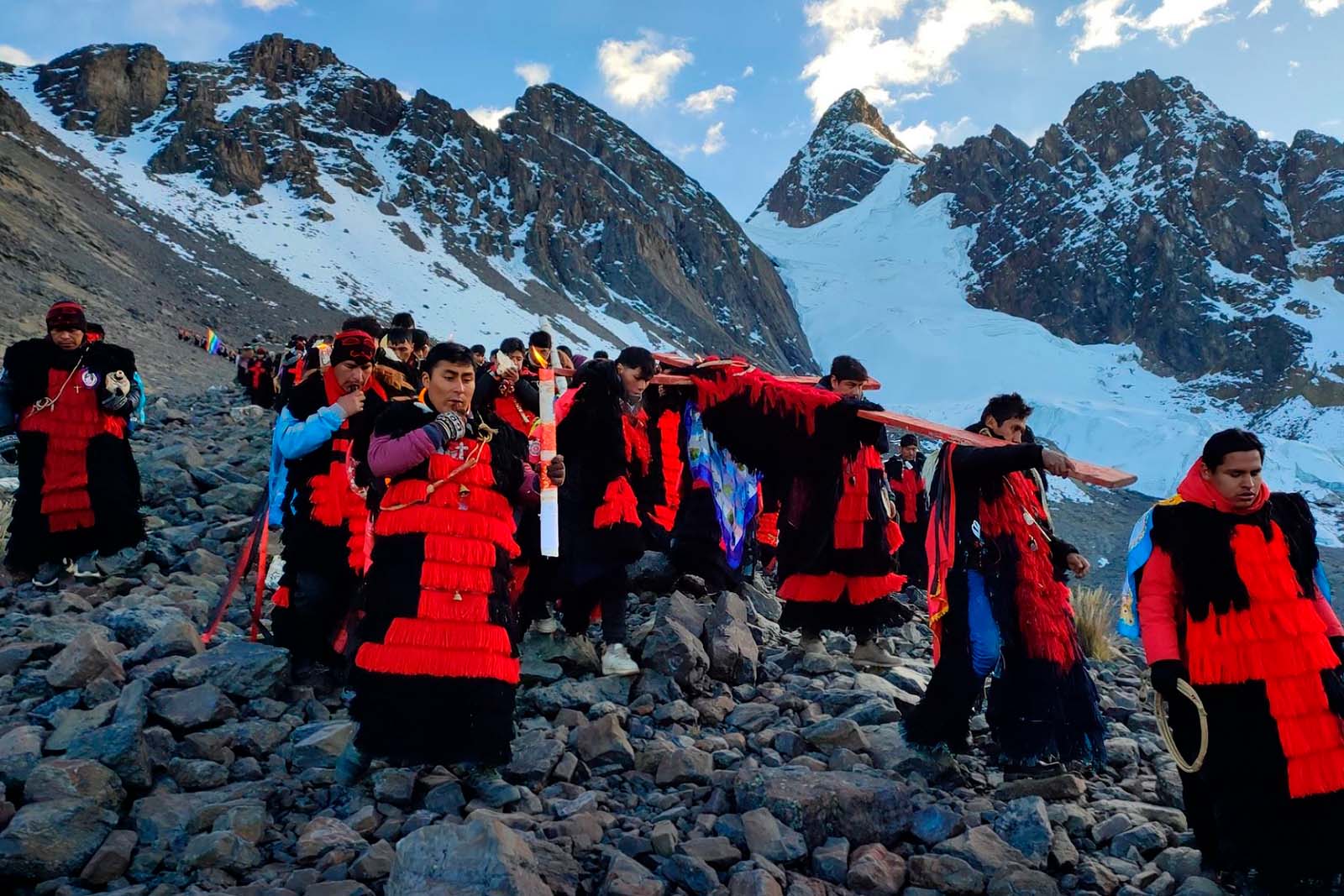
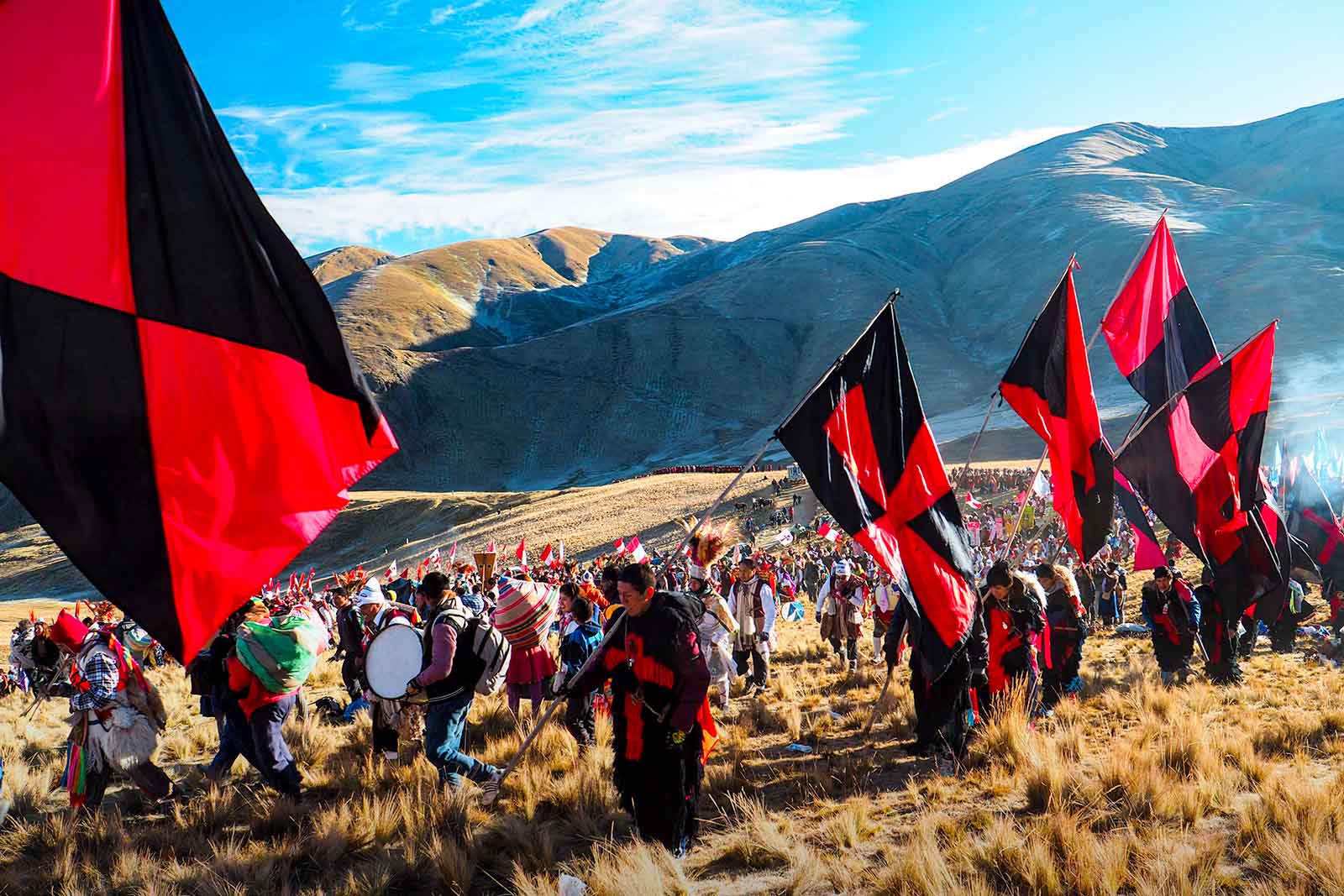
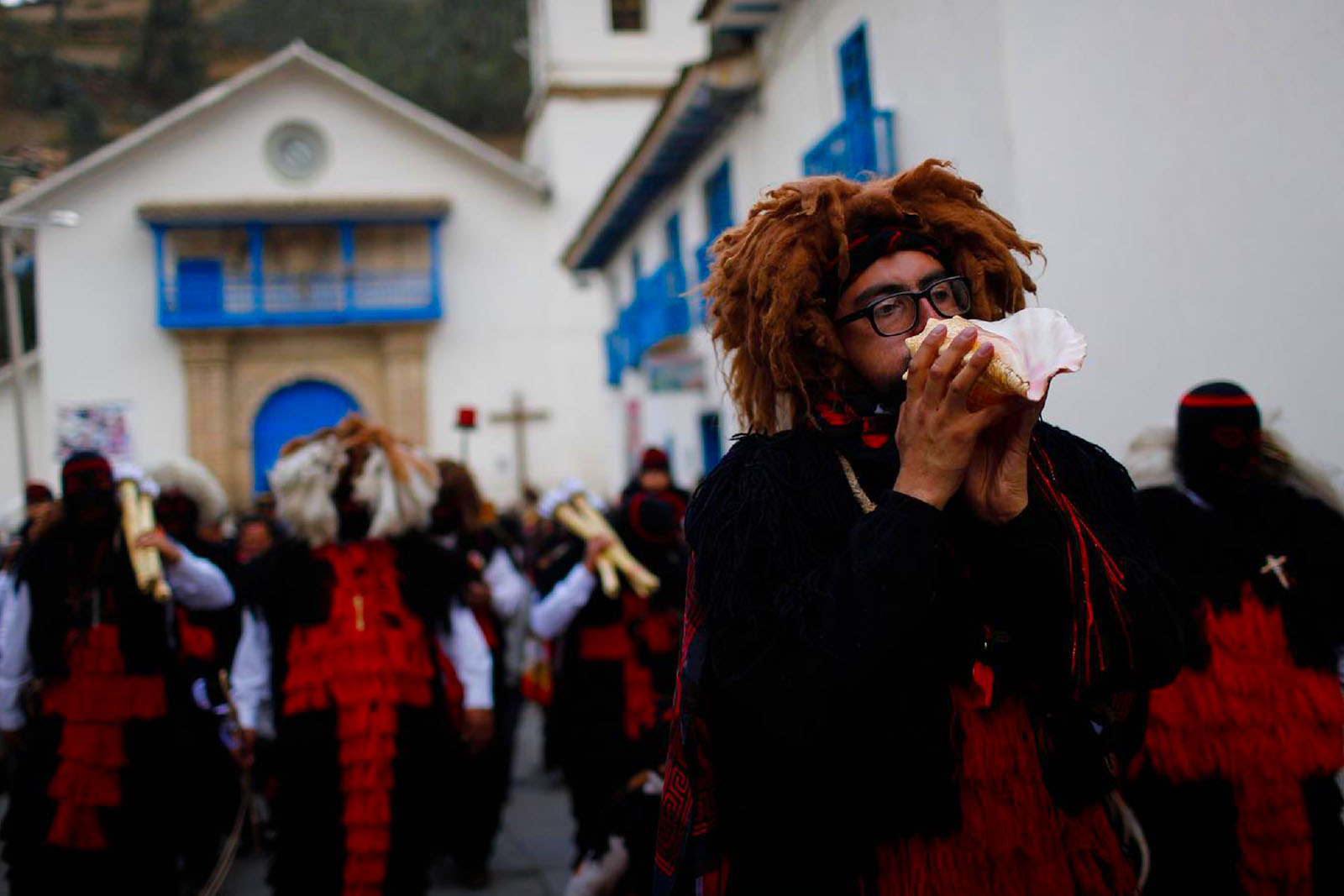

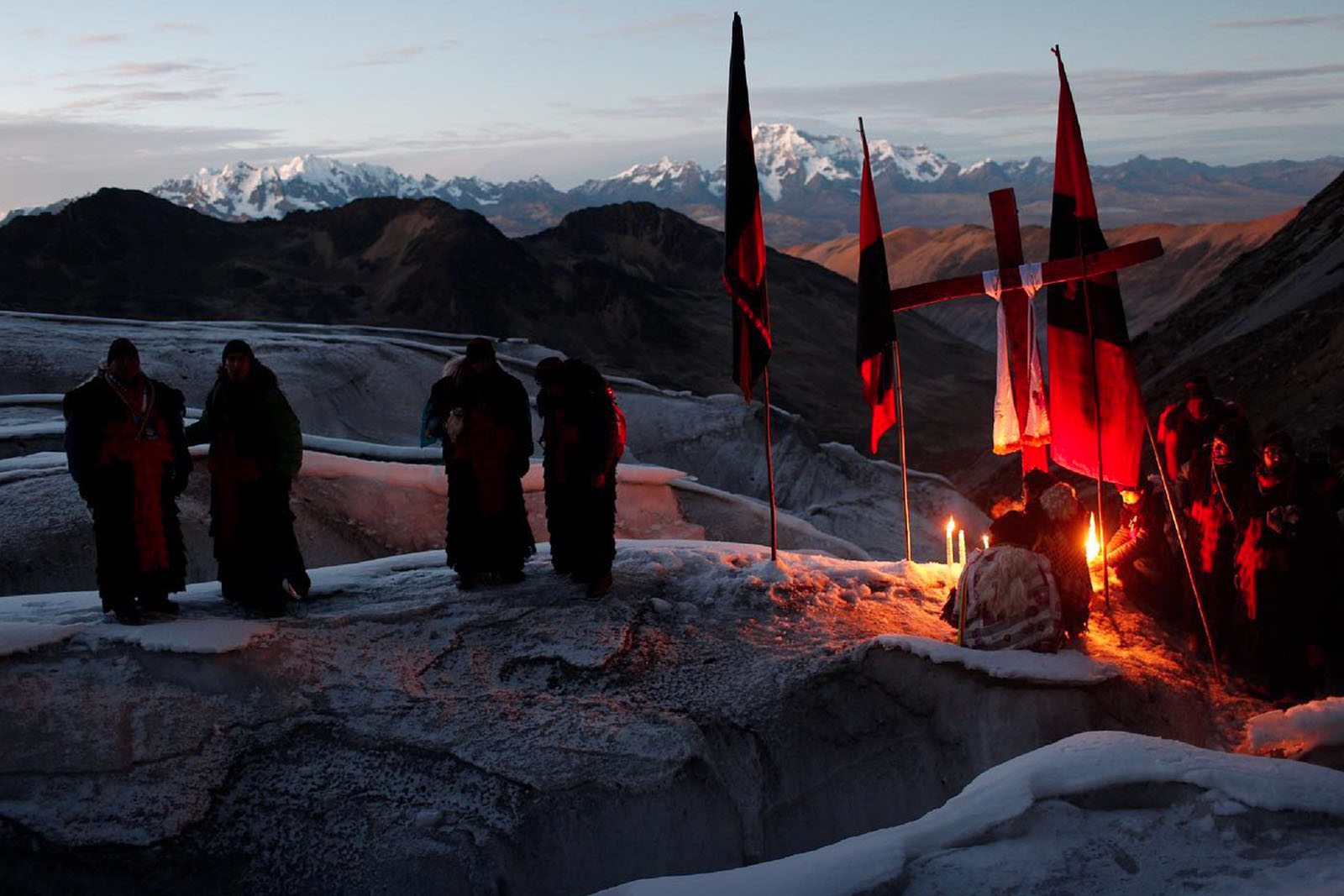

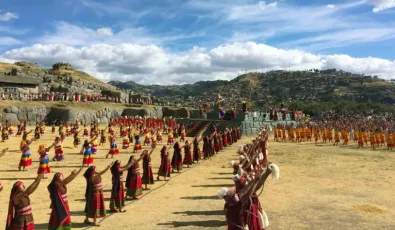
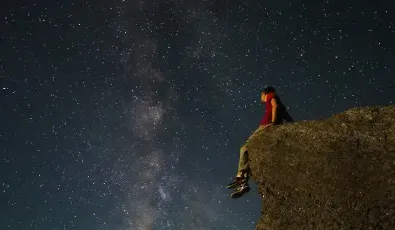
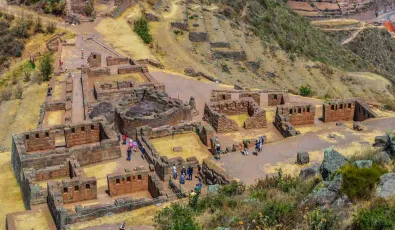
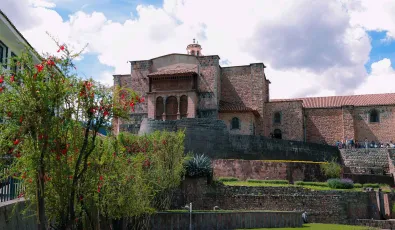
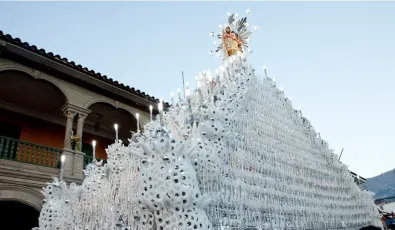

Add new comment